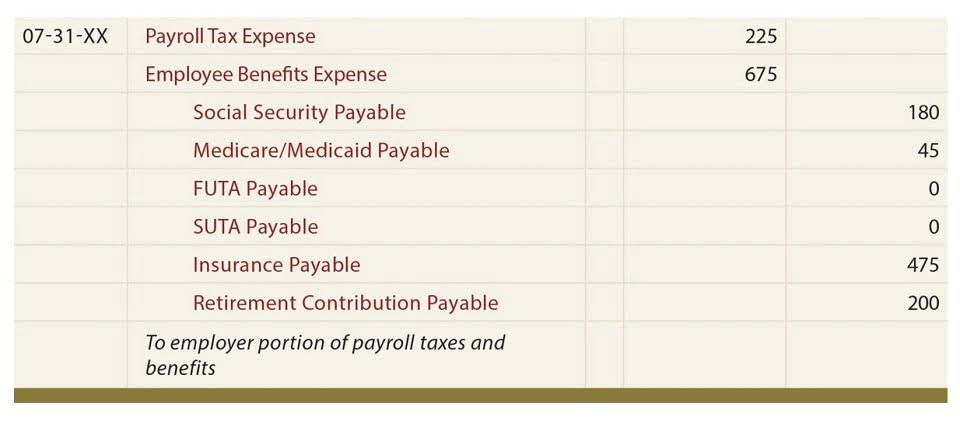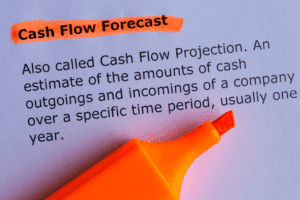Blog
New York Sales Tax Calculator

They should be aware of the thresholds for each state where they have customers and make sure they collect the correct sales tax. Failing to do so can result in penalties or legal complications, so staying informed about each state’s regulations helps online businesses avoid problems. Once you have determined the applicable sales tax rate, the next step is to identify the taxable amount of the purchase. In most cases, sales tax is calculated based on the total selling price of goods or services before any discounts, rebates, or other reductions are applied. Online sales are more complex, and you must typically collect sales tax based on the buyer’s shipping address rather than your business location. Many e-commerce platforms now include built-in how to multiply sales tax tax calculation tools that can automatically apply the correct rates based on customer location, making compliance easier for online sellers.
- Understanding how to accurately calculate the amount of sales tax you’ve paid is useful for both personal finance management and business accounting.
- Multiply the taxable amount by the sales tax rate to get the total sales tax owed.
- All but five states in the United States charge sales tax on retail purchases, and many counties, cities or other municipalities charge their own sales tax on top of that.
- Some states also have specific forms or digital systems for verifying tax-exempt status, making it important to understand the requirements in each jurisdiction where you operate.
- For instance, if the total price paid was $107 and the tax rate was 7%, dividing $107 by 1.07 yields an original price of $100.
- The amount of sales tax that would apply to Emilia’s purchase of this chair is $3.75.
What Is a Fiduciary Income Tax Return?
- Businesses should also clearly communicate total prices, including taxes, in marketing and sales materials.
- Perfect for businesses and consumers who need accurate total costs including all applicable taxes.
- Businesses and individuals need to stay aware of these opportunities to optimize savings and ensure compliance.
- In global transactions, sales tax may be replaced or supplemented by Value-Added Tax (VAT) or Goods and Services Tax (GST).
- Delaware, Montana, New Hampshire, and Oregon do not have any state sales taxes.
- Alaska doesn’t levy state sales taxes, either, but the state allows cities and counties to charge their own taxes.
By keeping detailed records, you’ll be better prepared to file accurate returns and avoid any issues with underreporting or overpaying sales tax. This method applies to any transaction, whether it’s a small retail purchase or a large business sale. You generally don’t need to collect sales tax when selling to tax-exempt organizations like nonprofits, schools, or government agencies. However, these organizations must provide valid exemption certificates that you must keep on file. Visit official state websites for up-to-date tax rates and regulations.
Applying Incorrect Tax Rates
- These laws often specify the percentage or formula used to calculate the sales tax, which is typically based on the purchase price of goods or services.
- Kutools for Office suite bundles add-ins for Excel, Word, Outlook & PowerPoint plus Office Tab Pro, which is ideal for teams working across Office apps.
- Use taxes typically apply when something is purchased in a state or locality without a sales tax but used in a place where the same good or service would have been taxed were it purchased there.
- If you are a business owner and are interested in automating your sales tax calculation and reporting requirements, click here to get more information.
- Let’s look at two examples of how businesses successfully calculate their sales tax.
- Although there are a few factors to consider, including multiple taxes and tax-exempt purchases, the general procedure for calculating the sales tax on multiple items is pretty straightforward.
Excise taxes on goods like alcohol, tobacco, and fuel add another layer of complexity. These taxes are typically included in the price paid by consumers, but compliance is the business’s responsibility. Accurate tracking and reporting are essential to avoid penalties, and many companies use accounting software to ensure adherence to tax laws.

The item is exempt from sales tax

Our sales tax calculator helps you determine the exact amount of tax you’ll pay on your purchase. Whether you’re shopping in different states or planning a budget, we’ve got you covered with the latest tax rates and customizable options. Overall, QuickBooks ProAdvisor using a New York Sales Tax Calculator can help simplify the sales tax calculation process and ensure that you are accurately and efficiently calculating sales tax for your purchases.

Calculating Texas sales tax
For example, certain items such as food, clothing, and prescription medications may be exempt from sales tax in New York. Certain jurisdictions may have specific rules, such as rounding tax amounts to the nearest cent or applying tiered tax rates for luxury items. Using the right software can save time, reduce errors, and contra asset account ensure compliance with sales tax laws across jurisdictions.
- Divide the total sales tax rate expressed as a percentage by 100 to convert it to a decimal.
- For example, if the laptop were partially exempt from the local tax due to a promotion, only part of the base price would be subject to the 2% rate.
- You generally don’t need to collect sales tax when selling to tax-exempt organizations like nonprofits, schools, or government agencies.
- Online sellers have to comply with state and local sales tax laws based on the purchaser’s shipping address.
- For example, the state of California has a base sales tax rate of 7.25%, but in certain counties, local sales taxes can push the total rate to as high as 10.25%.
What are taxes?

A common misconception is that an individual’s entire income is taxed at their highest bracket’s rate. Instead, only the portion of income within a specific bracket is taxed at that bracket’s corresponding rate. This is the marginal tax rate, applied to each additional dollar of income within a particular bracket. For example, a person earning $50,000 might have segments of their income taxed at 10%, 12%, and 22%. Progressive tax systems, like the federal income tax, increase the tax rate as taxable income rises. This means higher-income individuals pay a larger percentage of their income in taxes.

